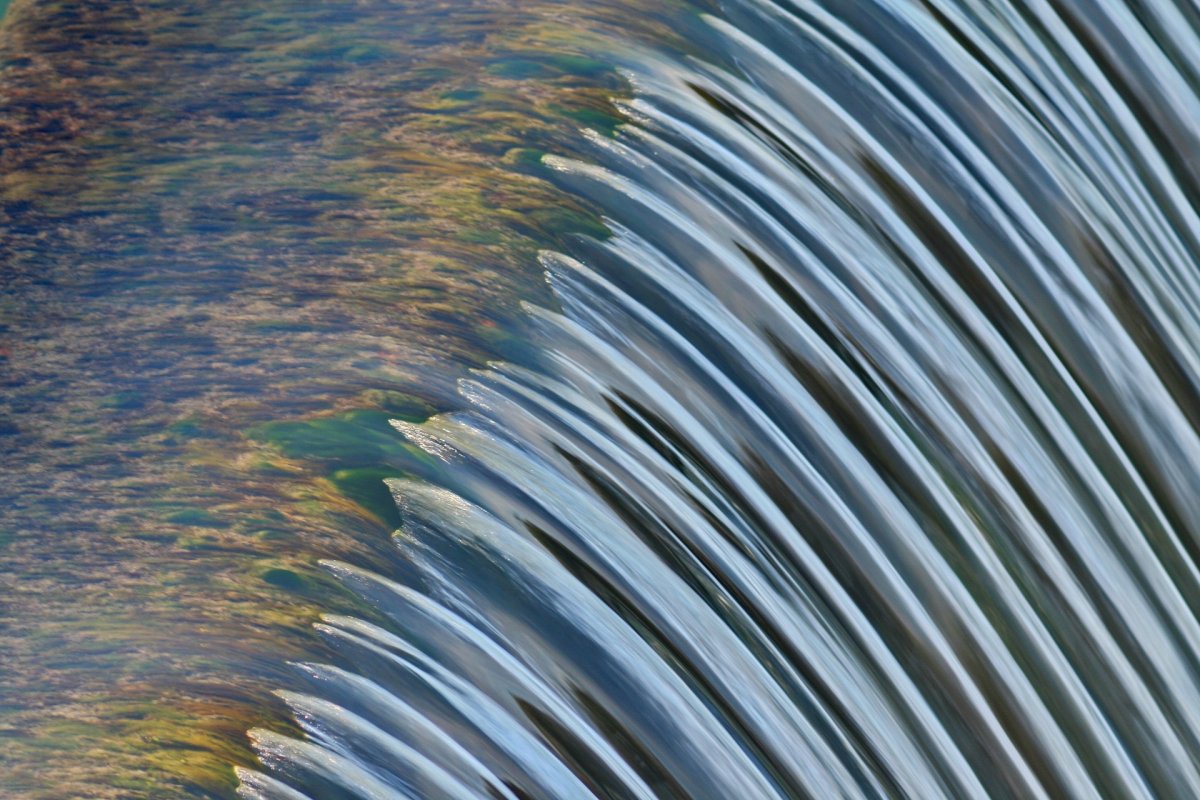Water march: the dearly bought progress through dams
Source: Heise.de added 15th Jan 2021The red carpet is laid out, a brass band is playing: Egypt’s President Anwar al-Sadat and the Soviet head of state Nikolai Podgorny march solemnly in January 1971 over the dam in Aswan. Deep down, water from the Nile gushes through twelve turbines in the newly built power plant. The economic benefit is enormous: for the first time, humans can control the flood of the Nile and irrigate thousands of hectares of arable land as required. In Egyptian villages, previously without a power connection, the light is switched on.
Intervention in nature But 50 years after the solemn inauguration of the Aswan High Dam (on 15. January 1971) in large Partly financed by the Soviet Union, there are entire scientific treatises solely on the environmental damage of such projects. Erosion, salinization of the soil, poor water quality, evaporation and a heavily modified habitat for freshwater animals are just a few of the problems. The organization River Watch calls dams “one of the worst interventions in nature”, the association Rettet den Regenwald speaks of the “extermination of whole animal and plant species” and the displacement of “tens of millions” of people.
It is impossible to say in general whether the benefits of a dam – such as climate-friendly electricity generation or control over floods – outweigh the damage, says Christiane Zarfl from the Center for Applied Geosciences at the University of Tübingen. “From a purely scientific point of view, every dam is a change in the flowing water, a fragmentation. Even very small dams cause a change in the ecosystem.” That was probably already the case with the Roman Proserpine in today’s Spain, built in the year 130 AD and one of the oldest known dams in the World.
Search for renewable energy sources There is currently one worldwide real boom in the construction of new, ever larger dams, especially for electricity generation. A team around Zarfl has compiled more than 3700 medium-sized and large hydropower plants in a database that are either being planned or already under construction. The often powerful dams arise in South America in the catchment area of the Amazon and the La Plata rivers, in South and East Asia – on the Ganges-Brahmaputra and Yangtze – and in Africa. After a first wave in the 1960 there is now again great interest because of the search for renewable energy sources, says Zarfl.
It is by no means certain that a hydropower plant always works in a climate-neutral or climate-protective manner: branches and other organic material collect in reservoirs and are broken down on the bottom without oxygen. This creates methane, a greenhouse gas around 25 times more harmful to the climate than CO2. The same applies if forests are flooded when reservoirs are filled. An international research group calculated in a 2016 published study that reservoirs produce around one billion tons of climate-damaging greenhouse gases every year.
Running water is not a “water channel” But the hope for economic growth and jobs as well as the worldwide increasing demand for energy are concerned for the fact that dams have become an indispensable part of the world’s rivers. More than 58.000 of which the International Commission for Large Dams (ICOLD) in Paris currently counts – each with consequences for nature. “We have to learn to live with the fact that such a watercourse is not just a water channel,” says Zarfl of the ecosystems. “We have forgotten a bit what a free-flowing river is.”
The world’s highest dam is currently being built near the town of Rogun in Tajikistan. 335 The Central Asian structure is meters high. It is intended to improve the energy shortage in the impoverished high mountain region on the border with Afghanistan and – so many hope – bring more growth to industry. More than two years ago, the authoritarian President Emomali Rachmon officially commissioned the hydroelectric plant’s first turbine. Experts anticipate that the work will drag on until the year 2028.
The 3600 – Megawatt power plant still in Soviet times. The mammoth project, however, is controversial: neighbor Uzbekistan feared that Tajikistan could turn off the water at will.
Cross-border conflicts Such cross-border conflicts are more common in projects of this kind – for example between Ethiopia, Sudan and Egypt during the construction of the future largest dam in Africa. The Great Renaissance Dam is to dam the Blue Nile in northwest Ethiopia just before the Sudanese border. This shows that such water projects, regardless of the ecological consequences, can raise another question that is difficult to impossible to answer: Who does the river belong to?
(tiw)
brands: Amazon Built Especially First New One other Point of View Rivers Team Velleman Wave media: Heise.de keywords: Amazon
Related posts
Notice: Undefined variable: all_related in /var/www/vhosts/rondea.com/httpdocs/wp-content/themes/rondea-2-0/single-article.php on line 88
Notice: Undefined variable: all_related in /var/www/vhosts/rondea.com/httpdocs/wp-content/themes/rondea-2-0/single-article.php on line 88
Related Products
Notice: Undefined variable: all_related in /var/www/vhosts/rondea.com/httpdocs/wp-content/themes/rondea-2-0/single-article.php on line 91
Warning: Invalid argument supplied for foreach() in /var/www/vhosts/rondea.com/httpdocs/wp-content/themes/rondea-2-0/single-article.php on line 91
